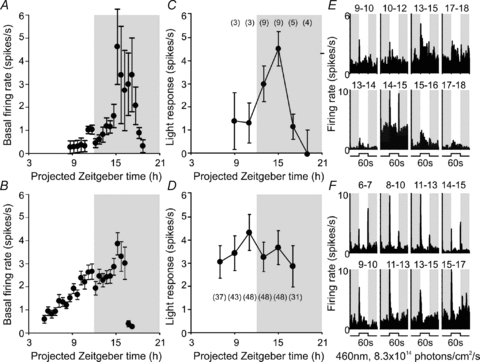Figure 6. Temporal variation in basal and light-evoked activity of transient cells.

A and B, mean (±s.e.m.) basal (dark-adapted) firing rate of hypothalamic (A, n= 3 to 9) or LGN (B, n= 4 to 47) transient cells at indicated time points. C and D, symbols represent mean (±s.e.m.) response of hypothalamic (C) or LGN (D) transient cells to 60 s light steps (change in mean spike rate during first 1 s of light on relative to baseline rate) at indicated time points. For C and D, numbers in brackets represent number of cells contributing to each data point. Shaded areas in A–D represent the projected night (i.e. time of light off in the animals’ home cage). E and F, examples of SCN (E) or LGN (F) transient cells’ responses to 60 s light steps as a function of time. Each histogram represents the average of 2 trials between the time points indicated above the trace. Shaded areas in E and F represent epochs of darkness.
